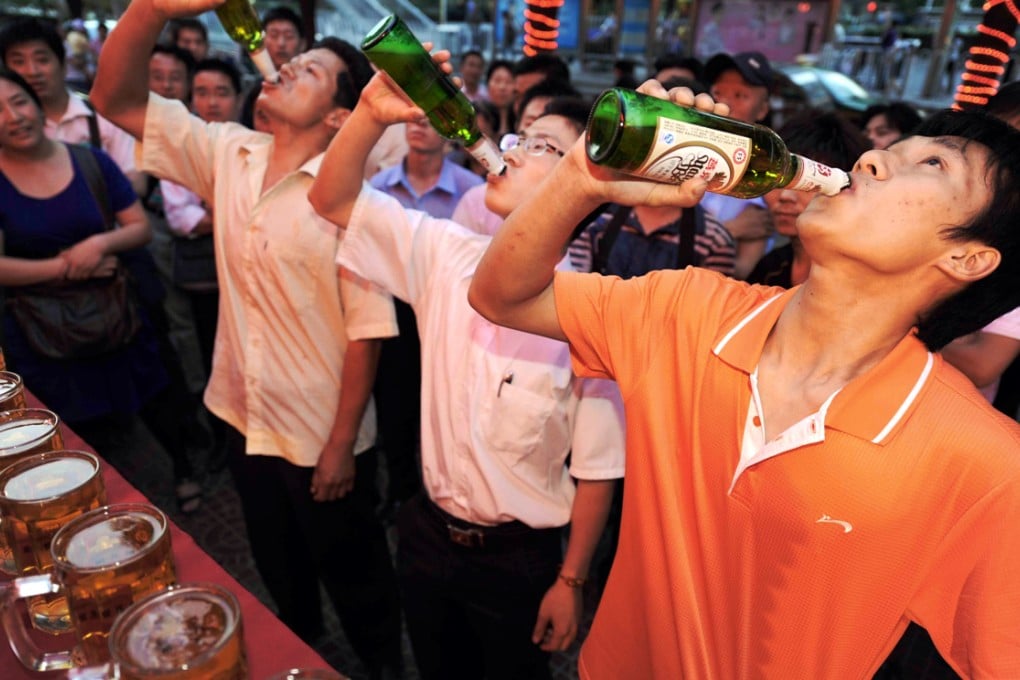Chinese drinkers consume more alcohol than the Brits and Australians, says study
Writing in The Lancet medical journal, researchers note that social and health issues related to dramatic increase in alcohol consumption have been largely neglected by the Chinese government

Chinese drinkers consume about three standard drinks on average a day – more than the Brits, Americans, Germans or Australians, recent statistics show.
Given this dramatic increase in alcohol consumption and alcohol-related social and health problems in the mainland, attention and changes are urgently needed to the alcohol use policy in China, urge researchers in a leading medical journal published this week.
Writing in the April issue of The Lancet Global Health, the researchers say the social and health issues related to alcohol use and misuse, such as liver and cardiovascular diseases, mental disorders, cancers, violence, and transport and unintentional injuries, have been largely neglected by the Chinese government.
Led by Jiang Heng, from the Centre for Alcohol Policy Research at Turning Point Alcohol and Drug Centre in Melbourne, the authors cite statistics from the World Health Organisation’s Global Status Report on Alcohol and Health 2014. While more than half of the Chinese population aged 15 years and older are teetotal – 42 per cent of men and 71 per cent of women in 2010 – those who do drink averaged 15.1 litres of pure alcohol in 2010.

And that’s more alcohol than those in Britain, the USA, Sweden, Germany, Australia, New Zealand, and many other countries, the researchers say.